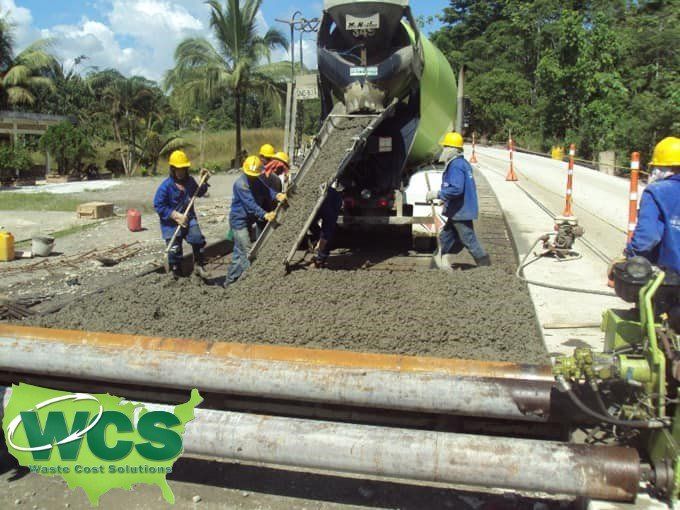Types of Different Concrete Foundations
When it comes to concrete foundations, there are three major types; T-shaped, frost-protected, and slab-on-grade. The most widespread choice used in home building is the T-shape foundation that features a footing going around your house as well as vertical walls actively supporting its weight. A frost-protected type of foundation was developed with freezing temperatures in mind so you don't have to worry about any damage caused by them.
Slab-on-grade foundations are an ideal choice for homes in mild climates. This type of foundation consists of a single layer of concrete that is poured directly on the ground and reinforced with insulation around its perimeter, and sometimes even offers another added layer of concrete above the footing to provide extra support. Moreover, this single slab serves both as a structural element offering stability to your house while simultaneously providing you with a level surface perfect for flooring installation.
Contact Us Today For A Free Quote
What Is A T-Shaped Of Concrete Foundation?
The T-shaped concrete foundation is the most common type used in homes with either a crawl space or a full basement. As its name implies, this construction resembles a capital ‘T’ and consists of an outer footing along the perimeter as well as an internal stem wall that runs down the middle of your home - typically built taller than the footing to support many higher-weight loads from above.
If you're looking for a foundation that is both strong and durable, then the T-shaped foundation may be just what you need. It has been proven to support a great deal of weight but it's important to remember that not all houses can make use of this type of base. To ensure you get the right fit, we recommend seeking professional advice from an experienced engineer or architect beforehand.
What Is A Slab On Grade Of Concrete Foundation?
Slab-on-grade foundations are a simple, cost-effective way to lay the groundwork for your home. This type of foundation is common in warmer climates since there's no need for footings or extra support structures—the concrete can simply be poured directly onto the ground! Plus, slab-on-grade installations are quick and easy even for DIYers.
Despite its potential advantages, a slab-on-grade foundation carries some risks. Without proper reinforcement or when the ground beneath shifts too much, concrete can crack and settle over time. Thus, it's essential to seek professional advice before settling on this type of home foundation solution.






